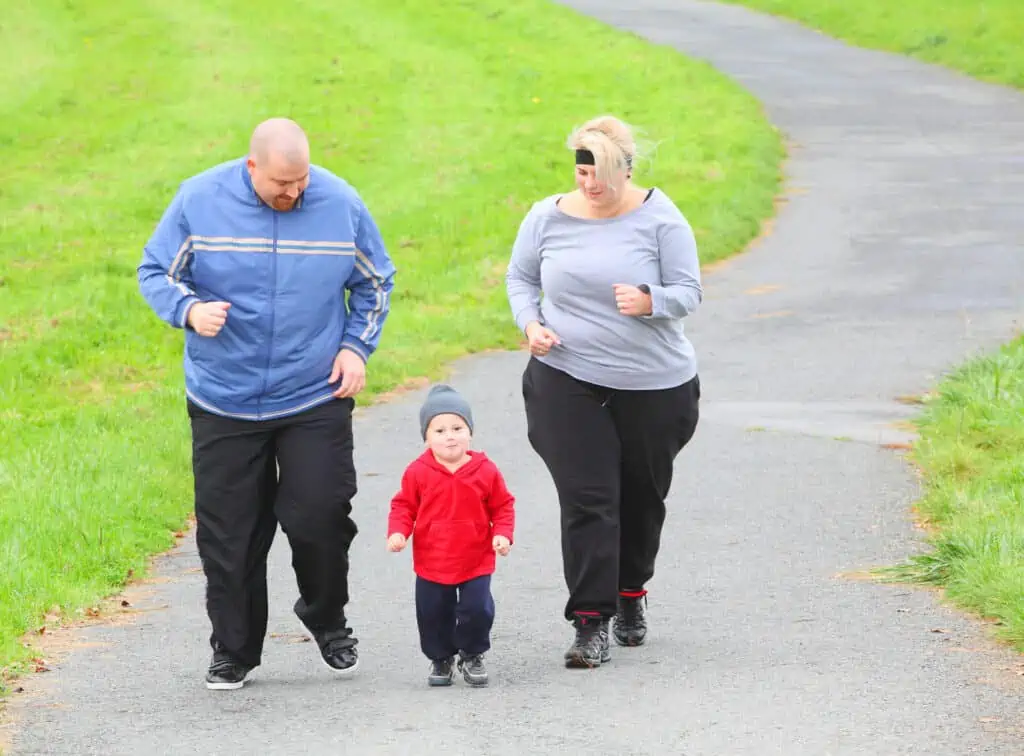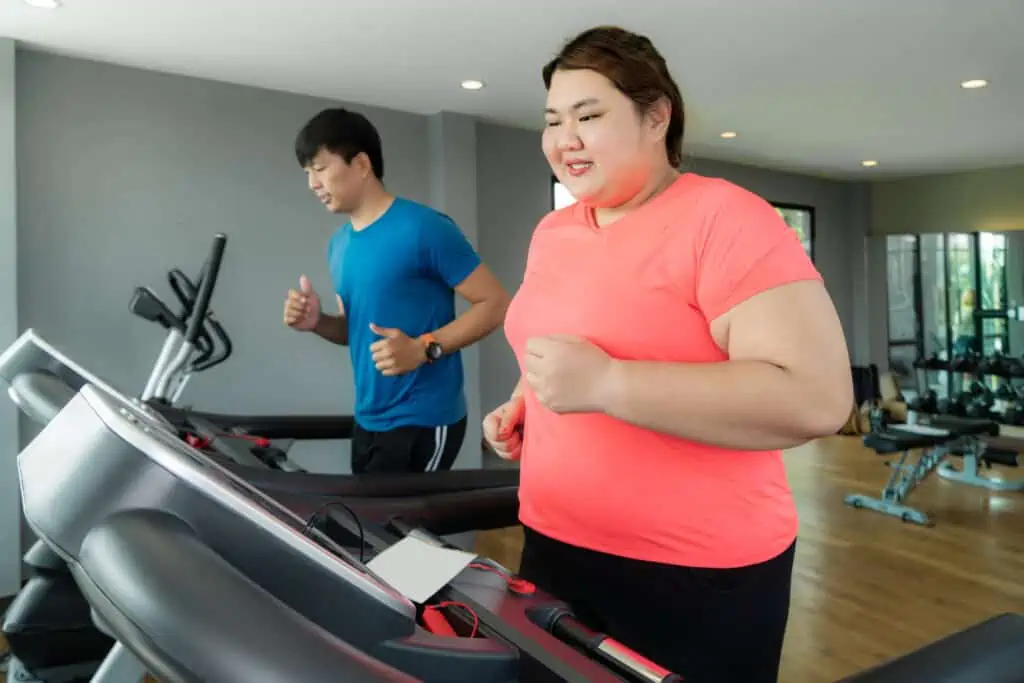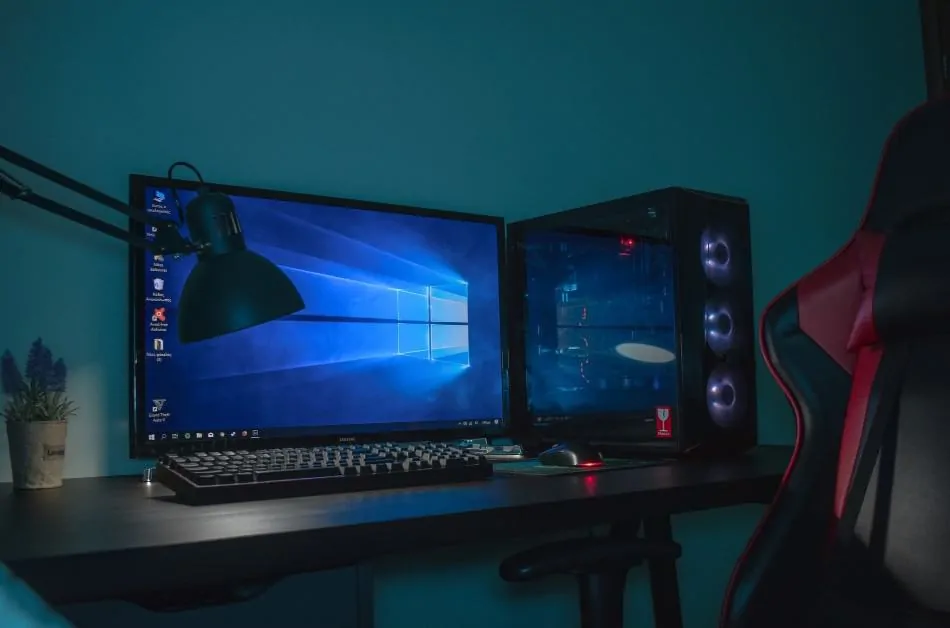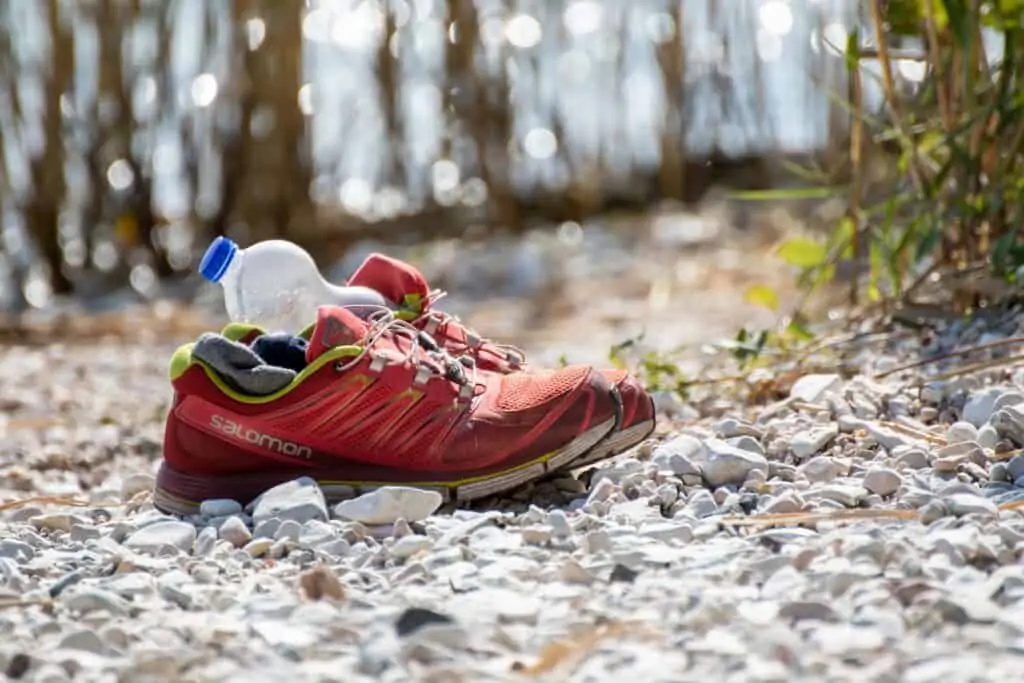Diet and exercise are required to lose weight. I mean, I haven’t done it but that’s what I hear.
Not actually. In fact, I would say that I’m somewhat of an expert at losing weight as I’ve lost the same 10 pounds about 15 times. Every time I hit 350 lbs I have a mini freakout and diet for a month.
However, since I recently decided to get serious and include a bit of cardio into my “health” routine I figured I should figure out what the best option is.
After all, while there is some debate about which one is more important (it’s diet…) but most people agree that they work best together.
However, choosing a type of cardio when you’re obese (or for your obese clients) isn’t as simple as trying a bunch of things and sticking with your favorite.
Some types of cardio are completely inaccessible or, even worse, they’re actually detrimental to overall health.
So, if you’re obese, how do you choose the right form of cardio? Well, here’s what I settled on for my own program:
The best cardio exercise for obese people is seated cardio in the form of a recumbent bike or rowing machine because they don’t put weight on their feet. Outdoor strolls and jogging are cheaper to start with but have diminishing returns after a while.
However, those are not the only options.
I selected five exercises that you can choose from with the weight burden in mind. Alongside each exercise, you will discover the pros and cons of each and the context where it is best used.
So let’s start with the best cardio exercises to begin your fitness journey!
What Are the Best Exercises for Obese People?
Obesity exists on a spectrum; the heavier an individual is, the harder some exercises are.
In this section, we will cover seated exercises that don’t pressure the feet of an obese individual. Then, we’ll cover activities that don’t use equipment and hence don’t pressure the wallets of a person who is just getting started. Pick the ones that serve you best.
1. Outdoor Walks

The most significant benefit of outdoor walks is that they do not require gadgets, exercise machines, or even trainers. You don’t even need specialized clothes to go on a stroll.
Why is this important?
When it comes to diet and exercise, the greatest predictor of one’s success is whether one starts exercising. The sooner you get started, the more likely you will see your weight loss journey to its desired end.
Outdoor walks can give you momentum in your weight loss journey. They are an excellent first step towards a healthy life and can keep you occupied while you look for the right gym or purchase an exercise machine for home workouts.
Going on a seemingly casual walk doesn’t get judged or noticed as much because it doesn’t seem like exercise. Suppose you feel slightly embarrassed getting into an athletic lifestyle with a large frame. In that case, you can start walking and eventually ease into a proper commitment with an exercise schedule.
Walks are not always feasible, though.
Wheelchair-ridden obese individuals might not be able to walk off. Moreover, people living in extreme climates cannot go on walks as conveniently as those living in states with a mild climate.
2. Recumbent Bike
A recumbent bike is a stationary bike with back support. It is highly adjustable and is better for obese people since it doesn’t burden their frame as much.
The success of any weight loss strategy relies heavily on how sustainable it is, and getting an uncomfortable exercise gadget can easily make daily exercise an uphill battle.
Recumbent bikes allow fat people to sit more comfortably while their leg muscles work out and their aerobic activity levels increase. Where walking burdens the legs with the entire weight of an obese individual’s body, bicycle use reduces this burden. The legs don’t have to hold up the whole body but still need to move.
An advantage of advanced recumbent bikes is that they come with heart rate and calorie burn monitoring devices. These can inform workout decisions like modes selected and the duration of the workout.
The only drawback of a recumbent bike is that the user has to fit the seat. If one is so obese that his hips do not fit in the recumbent chair, he will not be able to use a recumbent bike comfortably. And since comfort is the main reason behind using a recumbent, this defeats the purpose.
3. Treadmill Walking

Walking on the ground is different from walking on a treadmill because the foot experiences higher resistance on the ground as it pushes and moves the body forward.
The heavier the body, the more load the legs have to bear.
Obese individuals cannot get as much aerobic activity out of walking because their leg muscles get overworked, carrying them from one point to another.
A treadmill is more aerobic-friendly because your legs move without having to transport you against a stationary surface. The quick movement of the legs increases your heart rate and breathing pace, which are indicators of a heightened metabolic speed.
Sometimes, the outdoor climate and weather conditions are not conducive to long walks. A treadmill is an indoor exercise device that allows you to control the conditions in which you complete your daily walk.
If you’re morbidly obese, you will want to check the weight capacity of a treadmill before using it as they tend to be super expensive to replace!
4. Rowing Machine
For slightly obese individuals, a heavy-duty rowing machine can be an exciting workout choice. The device requires muscular strength and aerobic stamina and can be used for an overall body workout. A rower is a stationary machine with a seat that moves in response to a rowing motion.
A rowing machine can burn up to 250 calories in 30 minutes for a 255-lb user. It can be a serious game-changer for people who find cycling too repetitive and walking too dull. Smart rowing machines present quite a challenge alongside options for workout variation.
The drawback of a rower is that it, too, has a seat that one must fit. You cannot use it if you cannot fit onto a rowing machine.
Fortunately, a wide range of rowers is available for people of different sizes. However, these machines are generally expensive, and putting off their purchase can mean procrastinating on your exercise.
5. Jogging
Jogging is an exercise that is seemingly easy but requires courage. For an obese individual to start jogging, he must be comfortable being seen attempting to jog. The uninterrupted time an obese person can jog is quite low, and a lot of breaks are needed.
But still, even a little jogging can be helpful. Please note that recent science has proved that excessive running is harmful. You have to moderate your jogging and listen to your body. Pause when you are tired and don’t push yourself, thinking that more is always better.
Jog only as much as your body allows. Discomfort is a part of working out, but jogging is one exercise where you shouldn’t push yourself past your comfort level. Obese individuals’ entire weight is concentrated on a small portion of their feet, so jogging is not healthy in excess.
Many heavy people find it helpful to set a goal set as doing a couch-to-5k program but you may find that to be beyond you, depending on your weight and fitness level.
Now, if you’ve always hated jogging because your feet hurt, I’m going to save you and give you some shoe advice. Here it is: buy shoes of the right size…because you probably aren’t.
Buying the right jogging shoes can help make this exercise comfortable. The “right” shoes feature sufficient padding and cushion, preventing repeated impact from constant jogging. The heavier a jogger, the more critical it is for him to get well-cushioned running shoes.
I personally like Adidas Boost but recommend Under Armour shoes for starting fitness enthusiasts simply because it is more affordable.
If you can go a bit faster, here are my running shoe picks for fat guys (as well as sizing advice). And if you’re further behind in your journey, here are the best shoes for morbidly obese people.
Final Thoughts
The best type of cardio for obese people is one that they can start quickly and can continue for prolonged periods. In this, walking and jogging are the easiest to start, while rowing is the most intense. A recumbent bike is laid back yet effective but requires a big investment.








